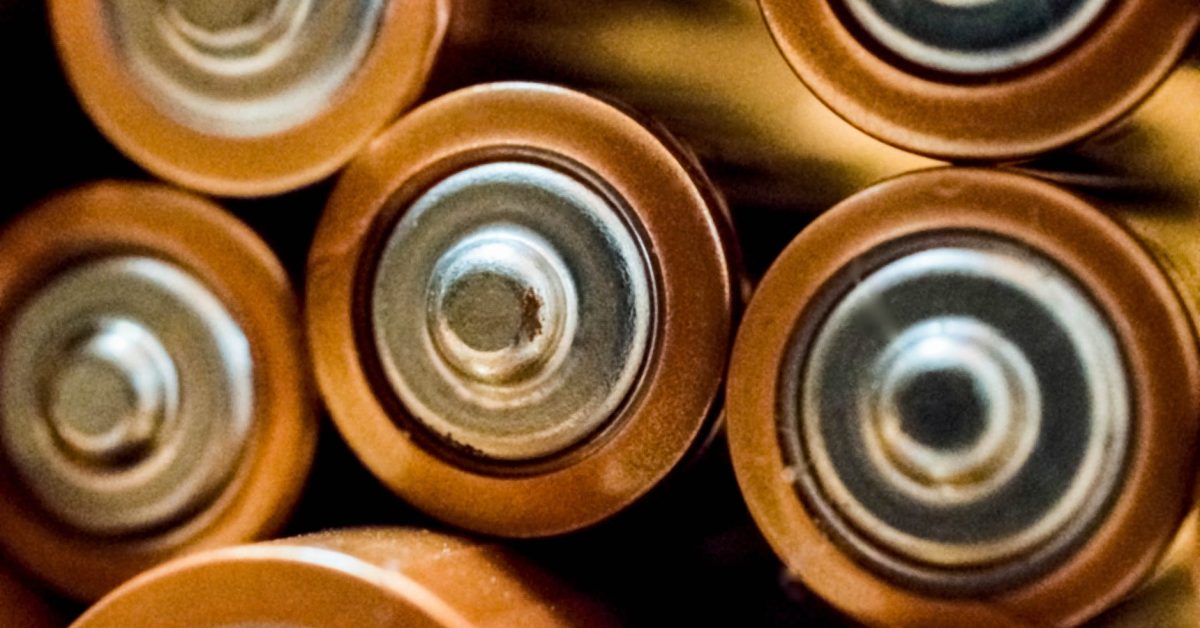Firstly, the "problem" with hydrogen producing water vapor or even ice on the road is just a misunderstanding. Burning hydrocarbon fuels also produces vast amounts of water - the actual ratio depends on the length of carbon chains in the fuel, but it's in the ballpark of 1:1 with CO2. Ever seen "smoke" coming out of a modern car's tailpipe? That's the water vapor. One can even argue that this is less of a problem in case of hydrogen-based propulsion, where the hydrogen is likely coming from water already present in the hydrosphere, whereas in hydrocarbon-based one, the hydrogen comes from oil, so it has been previously trapped in it and is being newly released to circulation.
Then I also disagree with the sweeping dismissal of nuclear power. Does it really have more "unaccounted for" costs then other power sources? With the attention and hate it receives, nuclear is actually being forced a lot to include all external costs into its operation, produce funds for future liquidation of plants etc... while the hydrocarbon industry largely avoids that and the same can be said for example for lithium production in less developed countries. The military argument is also just emotional, most modern nuclear plants don't produce anything of practical use to any military application.







